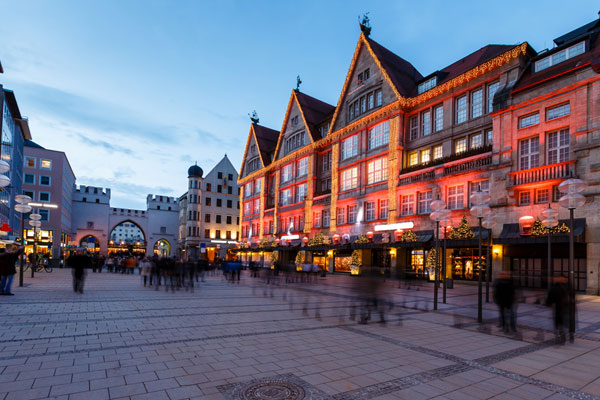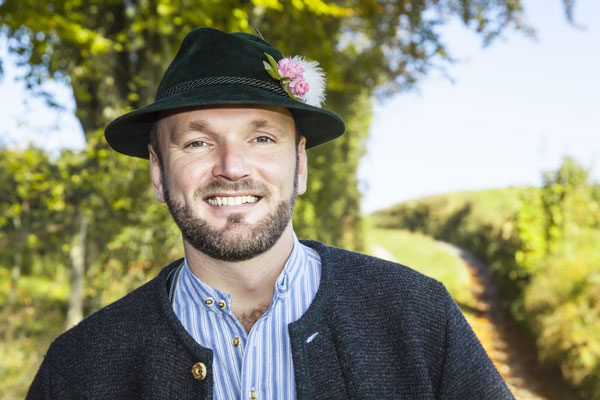When you’re visiting Hamburg or Munich, you might notice how different the German language sounds. A person at home in Hamburg would likely speak Plattdeutsch (“Flat German”) while someone else in Munich would speak an Upper German dialect, most likely, Bavarian. However, if those same two people were to speak on the telephone, they would use Hochdeutsch (“High German”). A quick glance at the history of German will explain this seemingly odd situation. Until the late nineteenth century what we now refer to as “Germany” did not exist. Hundreds of small states and principalities fought or cooperated with each other for centuries, each proud of its independence and each, to a great degree, speaking its own dialect. Most people did not move far from home, so there were no great problems. As trade grew, however, it became necessary to communicate more easily. And in the 16th century, Martin Luther realized that if he wanted to make the church more accessible to the average citizen he would to have to translate the Bible into a language that everyone could understand. Out of all dialects he chose his own! Luther came from an area toward the south where the land is mountainous. So language spoken in this area was called Hochdeutsch (“High German”), and with modifications, it slowly became what we now think of as standard German. It is what children learn in school, what you will hear on the radio and television and the language that foreigners learn.
Some general notes on German:
German uses the Latin alphabet with four additional letters:
| -ä | /e/ |
| -ö | like French -“eu” |
| -ü | like French “u” |
| -ß | /ss/ |
German spelling and pronunciation are very closely connected, so you will soon know how to say a word just by looking at it. German has three grammatical genders for nouns: masculine, feminine and neuter. In addition, it has four cases: Nominative (subject), Genitive (possession), Dative (indirect object) and Accusative (direct object). This presents special challenges for the learner, who needs to become familiar with the cases and the respective article, adjective and noun endings. Because case indicates the function of the noun in a phrase, word order in German is variable, with one exception: the main verb must be in the second position. German conjugates its verbs according to subject (I, you, he, she, we, you all, they), the tense (present, future, past) and the mode (conditional, subjunctive). For example:
| ich gehe | I am going |
| ich ging | I went |
| ich werde gehen | I will go |
| ich ginge | I would go |












